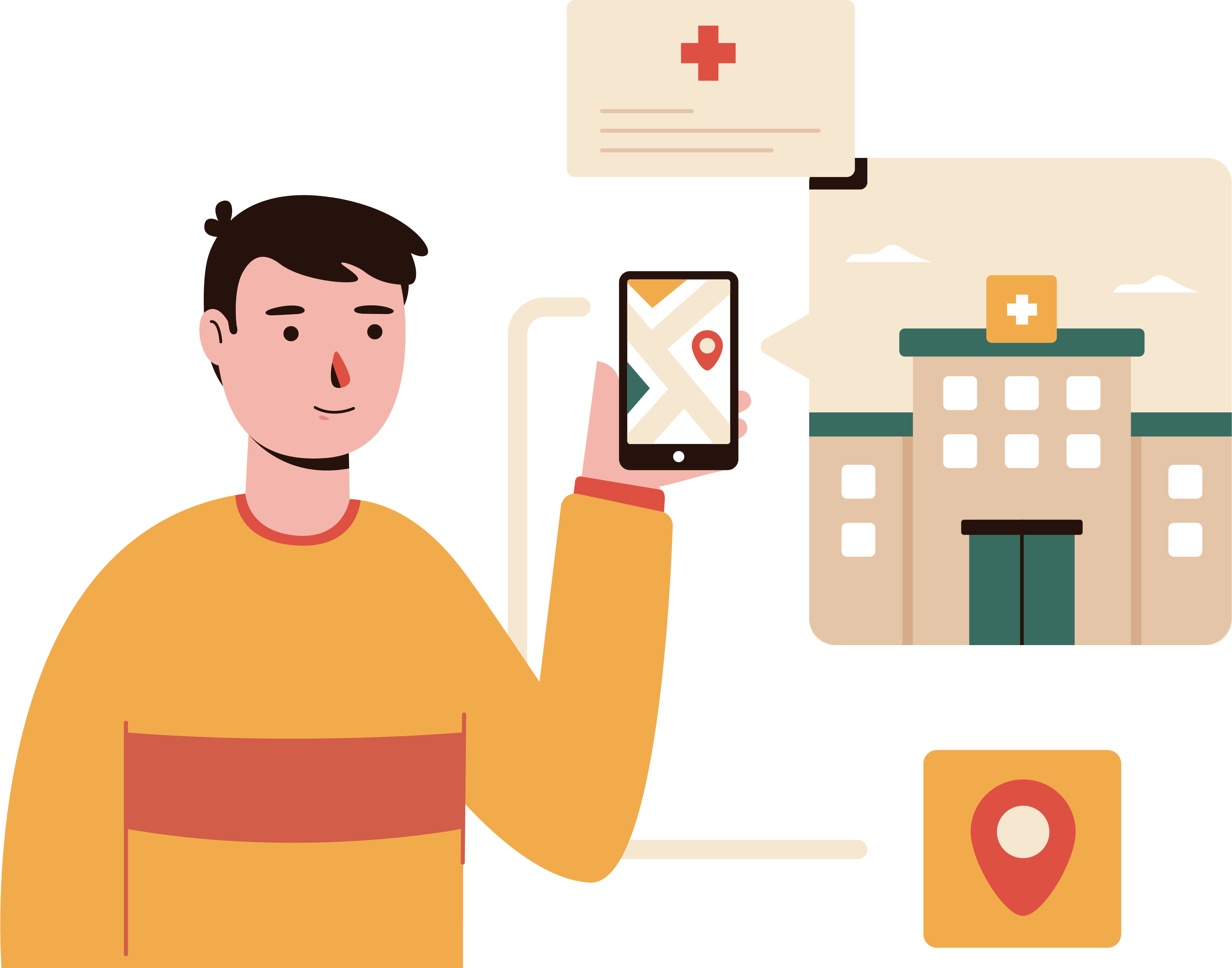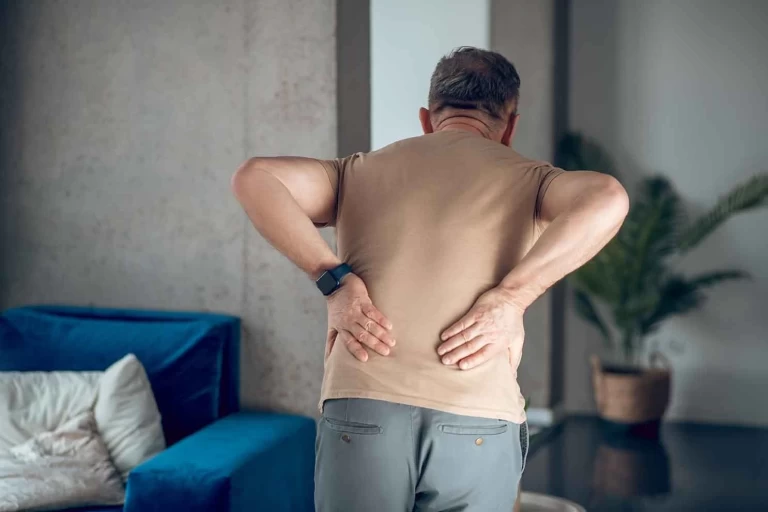
Lower back pain is a reality for millions of people around the world. Whether it hits suddenly or develops gradually over time, the discomfort can interfere with your work, sleep, and overall quality of life. For some, it’s an occasional twinge after a long day. For others, it’s a chronic issue that limits movement and impacts everyday activities. But what’s really causing the pain—and how can you address it naturally?
What Is Lower Back Pain?
The lower back, also known as the lumbar spine, is a complex structure made up of vertebrae, spinal discs, muscles, ligaments, and nerves. It supports the upper body’s weight while providing flexibility and mobility. Because of its heavy workload and delicate structure, it’s also one of the most injury-prone areas in the body.
Lower back pain can present in many forms—from a dull, aching sensation to sharp, stabbing pain that radiates down the legs. The source may be muscular, skeletal, neurological, or a combination of several issues.
Common Causes of Lower Back Pain
1. Everyday Wear and Tear
One of the leading causes of back discomfort is degenerative wear and tear. Over the years, the constant load-bearing activity of the lumbar spine can cause the spinal discs to wear down. These discs act like cushions between the vertebrae, and when they become less flexible or thinner with age, it can lead to disc degeneration, stiffness, and soreness.
Repetitive movements like bending, twisting, or lifting—especially with poor technique—can accelerate this process. Even just standing or walking for long periods can become painful when the spine is under too much stress.
2. Poor Posture and Lifestyle Habits
We live in a world where people spend hours sitting—often slouched at desks or hunched over smartphones. Over time, this poor posture places excess strain on the back muscles and shifts the spine out of alignment.
Standing unevenly, sleeping in an unsupported position, or even carrying a heavy bag on one shoulder can contribute to misalignment. As the muscles work harder to stabilize the spine, chronic tension builds, which may eventually cause pain not just in the back, but also in the hips, shoulders, and legs.
3. Spinal Conditions and Age-Related Issues
As we age, the spine undergoes natural changes. For some, this may include conditions such as:
Arthritis: Inflammation of the joints in the spine can reduce mobility and cause ongoing discomfort.
Herniated or bulging discs: These occur when a disc pushes out of its normal space and presses against nearby nerves, often leading to pain that radiates down the leg (sciatica).
Spinal stenosis: A narrowing of the spinal canal, which can compress the spinal cord and nerves.
Even minor injuries or long-term stress can trigger or aggravate these conditions.
4. Lack of Movement and Sedentary Lifestyle
Ironically, not moving enough can be just as damaging as overuse. A sedentary lifestyle weakens the muscles that support the spine, especially the core. Without a strong foundation, the back takes on extra pressure, making it more susceptible to injury. Long hours of sitting without stretching or exercising can make lower back pain worse over time.
Why You Shouldn’t Ignore Lower Back Pain
While a bit of soreness after a long day might seem harmless, ongoing lower back pain can affect your mobility, sleep quality, and even your mental health. It often starts small—a tight feeling, some morning stiffness—but if left unaddressed, it can develop into chronic pain that interferes with your lifestyle and limits your ability to stay active.
Pain is your body’s way of communicating that something isn’t right. Identifying the cause early and addressing it with appropriate care is the best way to prevent long-term damage or the need for invasive treatments.
Natural and Effective Ways to Relieve Lower Back Pain
Thankfully, many cases of lower back pain can be managed—or even eliminated—through natural treatment options. Here are a few ways to find lasting relief:
1. Chiropractic Care
Chiropractic care is a non-invasive, drug-free way to address spinal misalignments and muscle tension. Chiropractors use gentle adjustments to realign the spine, relieve pressure on nerves, and restore mobility to stiff joints. Regular sessions can help correct posture issues, reduce inflammation, and support the body's natural healing process.
Many people with chronic lower back pain report long-term improvement after incorporating chiropractic treatmentsinto their wellness routines.
2. Posture Correction and Ergonomics
Small changes to how you sit, stand, and sleep can make a big difference. Ergonomic chairs, lumbar support cushions, and adjustable workstations can promote healthy posture throughout the day.
When sitting, keep your feet flat on the floor, avoid crossing your legs, and maintain your head in a neutral position—not tilted downward at your phone or laptop. At night, sleeping on your back with a pillow under your knees or on your side with a pillow between your legs can reduce stress on the lower back.
3. Stretching and Core Strengthening
Tight hamstrings, weak glutes, and an underactive core are common culprits in lower back pain. Incorporating daily stretching and core-strengthening exercises can help reduce tension and stabilize the spine.
Simple moves like cat-cow stretches, child’s pose, or bridges can ease tightness and improve flexibility. Strengthening your abdominal muscles provides better support for your spine, taking pressure off the lower back.
4. Stress Reduction and Mind-Body Techniques
Believe it or not, emotional stress can make physical pain worse. When we’re tense, our muscles tighten, especially in the neck, shoulders, and lower back. Practices like deep breathing, yoga, meditation, and massage therapy can help manage stress levels and release muscle tension.
When to See a Professional
While natural methods often work well for mild to moderate pain, it’s important to consult a healthcare provider if you experience:
- Pain that lasts more than a few weeks
- Numbness or tingling in the legs
- Difficulty walking or standing
- Sudden weight loss
- Pain following an injury or accident
These could indicate a more serious condition that requires medical attention.
Lower back pain is incredibly common—but that doesn’t mean you have to live with it. Whether your discomfort stems from postural issues, disc degeneration, or a sedentary lifestyle, there are practical steps you can take to find natural relief.
By improving your posture, incorporating daily movement, and exploring treatments like chiropractic care, you can support your spine and reduce pain without relying on medication. Listening to your body and taking action now can help you move, feel, and live better for years to come.



